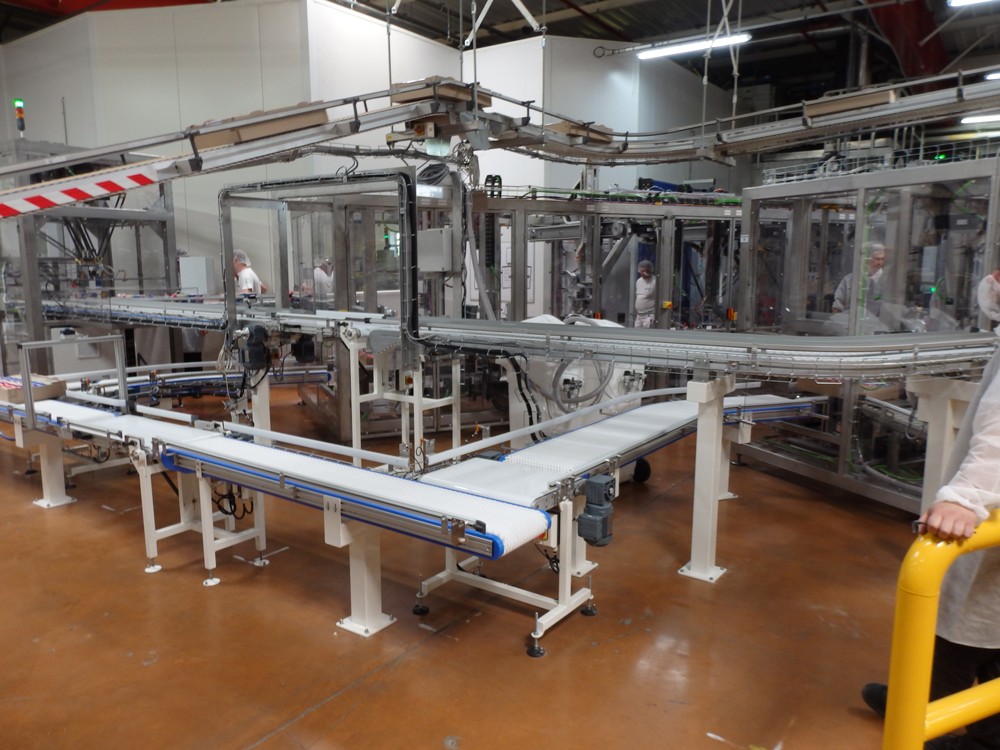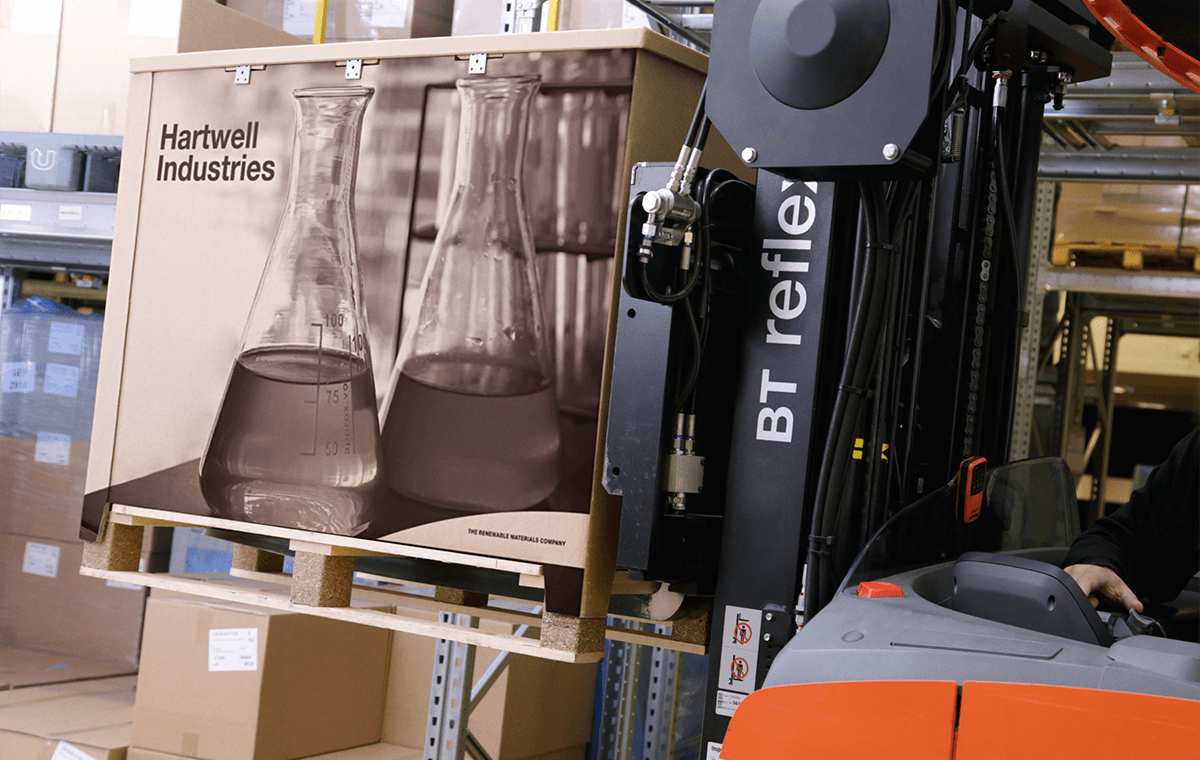Efficient Industrial Recycling Solutions for Sustainable Product Packaging: A Comprehensive Guide
That's where this detailed guide on efficient industrial recycling services for sustainable packaging comes in. By exploring key locations such as product packaging product choice, creating for recyclability, applying recycling framework, teaming up with reusing partners, and monitoring and determining recycling success, this overview will outfit you with the understanding and tools essential to make educated decisions and drive favorable change within your organization. Whether you're a packaging expert, sustainability supervisor, or merely interested in the subject, this guide will give beneficial insights and approaches to help you browse the globe of sustainable product packaging.
Packaging Product Option
The option of packaging materials plays an important duty in guaranteeing the sustainability of commercial reusing services. When it involves sustainable packaging, the option of products is vital in minimizing environmental effect and making best use of recycling efficiency. Selecting the best materials can help in reducing waste generation, conserve sources, and advertise a round economic climate.
One crucial element to think about in packaging material selection is recyclability - industrial metal packaging. Products that can be conveniently reused and integrated back into the manufacturing cycle are favored. Materials like cardboard, paper, glass, and particular types of plastics can be recycled several times without shedding their quality. On the various other hand, products that are challenging to reuse, such as combined plastics or non-recyclable composites, can create challenges for the reusing process and might wind up in land fills or incinerators.
Another factor to consider is the use of naturally degradable and renewable products. Packaging made from sustainable sources, such as plant-based plastics or biopolymers, can help in reducing dependency on fossil gas and alleviate environment modification. Additionally, eco-friendly products break down naturally with time, reducing the build-up of waste in landfills.
Furthermore, the weight and quantity of product packaging materials need to be lessened to decrease transport costs and energy consumption. Lightweight products not only require fewer resources throughout production however also add to lower carbon exhausts during transport.
Creating for Recyclability
In order to guarantee the recyclability of packaging materials, thoughtful style is necessary. Creating for recyclability includes creating packaging that can be conveniently arranged, divided, and refined in reusing centers. One vital facet of designing for recyclability is the choice of materials. Packaging developers should focus on the use of products that are widely approved for reusing and have actually developed reusing frameworks. Products such as glass, aluminum, and certain sorts of plastic, like PET and HDPE, are typically recycled and should be preferred over products that are hard or pricey to recycle.
One more essential consideration in making for recyclability is the elimination of unnecessary components or products. By reducing the number of layers, coverings, and additional components, packaging can be made simpler and easier to recycle. In addition, developers must intend to reduce the usage of mixed products, as they can complicate the reusing process.

Implementing Recycling Infrastructure
Efficient implementation of reusing infrastructure is critical for the success of industrial reusing services. Without proper infrastructure in position, the reusing process comes to be ineffective and ineffective, hindering the general goal of lasting packaging.
To implement reusing facilities properly, a number of vital aspects require to be considered. Firstly, there ought to be a well-organized collection system that helps with the separation and collection of recyclable products. This can consist of marked reusing bins in public rooms, along with partnerships with waste management firms for curbside pickup and sorting.
When gathered, the recyclable products require to be moved to recycling facilities in a prompt fashion. This requires efficient logistics and transport networks, making certain that the products reach the proper centers right away.
At the recycling centers, progressed sorting and processing modern technologies should be in area to divide various sorts of materials successfully. This includes making use of automated arranging machines, optical scanners, and hand-operated sorting techniques.
Additionally, there need to be a durable market need for recycled products. This can be accomplished with cooperations with makers and markets that make use of recycled materials in their production procedures. Developing a stable market for recycled materials incentivizes the reusing industry and advertises the circular economic climate.
Teaming Up With Recycling Allies

One key aspect of working together with recycling partners more info here is the facility of clear interaction networks. It is essential to develop open lines of communication to assist in the exchange of info, updates, and feedback. This enables both events to stay notified concerning the progression of recycling campaigns and resolve any type of difficulties or concerns that might develop.
Furthermore, collaboration can involve joint efforts in implementing and developing reusing programs. Recycling companions can give beneficial insights and advice in developing efficient collection systems and determining one of the most appropriate recycling innovations. By collaborating, businesses and recycling companions can optimize the recycling procedure and minimize waste.
Additionally, cooperation can prolong past the functional aspects of recycling. It can additionally encompass advocacy and education and learning initiatives. By signing up with forces, services and recycling partners can increase recognition concerning the significance of reusing and advertise the adoption of sustainable packaging practices among customers and other stakeholders.
Tracking and Measuring Recycling Success
To make sure the performance of industrial recycling services and the accomplishment of sustainable product packaging objectives, it is essential for services and their reusing companions to develop a comprehensive system for tracking and measuring recycling success (industrial packaging solutions). Determining and tracking recycling success enables services to analyze the influence of their recycling efforts, determine areas for enhancement, and set significant targets for future progression
One method to track reusing success is with using information collection and analysis devices. By accumulating data on the amount of packaging waste produced, the portion of waste that is reused, and the types of materials being reused, companies can acquire useful insights into their recycling efficiency. This information can then be evaluated to determine trends, patterns, and areas of inadequacy.
An additional crucial element of tracking and measuring reusing success is developing clear and standard metrics. This allows businesses to contrast their efficiency against industry standards and track their progression with time. Metrics such as reusing rates, waste diversion prices, and greenhouse gas exhausts can supply a quantitative step of a company's reusing success.

Verdict
Finally, executing reliable commercial recycling services for sustainable product packaging requires mindful consideration of product packaging material selection, creating for recyclability, executing reusing facilities, collaborating with reusing partners, and monitoring and measuring reusing success. By integrating these techniques, organizations can add to an extra lasting and environmentally-friendly technique to packaging, reducing waste and advertising the circular economy.
By exploring vital locations such as packaging material option, designing for recyclability, applying recycling infrastructure, teaming up with reusing companions, and tracking and gauging recycling success, this guide will certainly furnish you with the expertise and devices required to make informed choices and drive favorable change within your company. Packaging developers ought to focus on the usage of materials that are extensively approved for recycling and have developed reusing infrastructures.Cooperation with reusing partners is crucial for the successful application of commercial recycling services and the accomplishment of lasting product packaging objectives. By signing up with pressures, businesses and recycling partners can increase understanding regarding the importance of reusing and promote the adoption of lasting product packaging practices among consumers and other stakeholders.
By collecting data on the amount of packaging waste produced, the portion of waste that is recycled, and the types of materials being recycled, companies can get beneficial understandings right into their reusing efficiency.